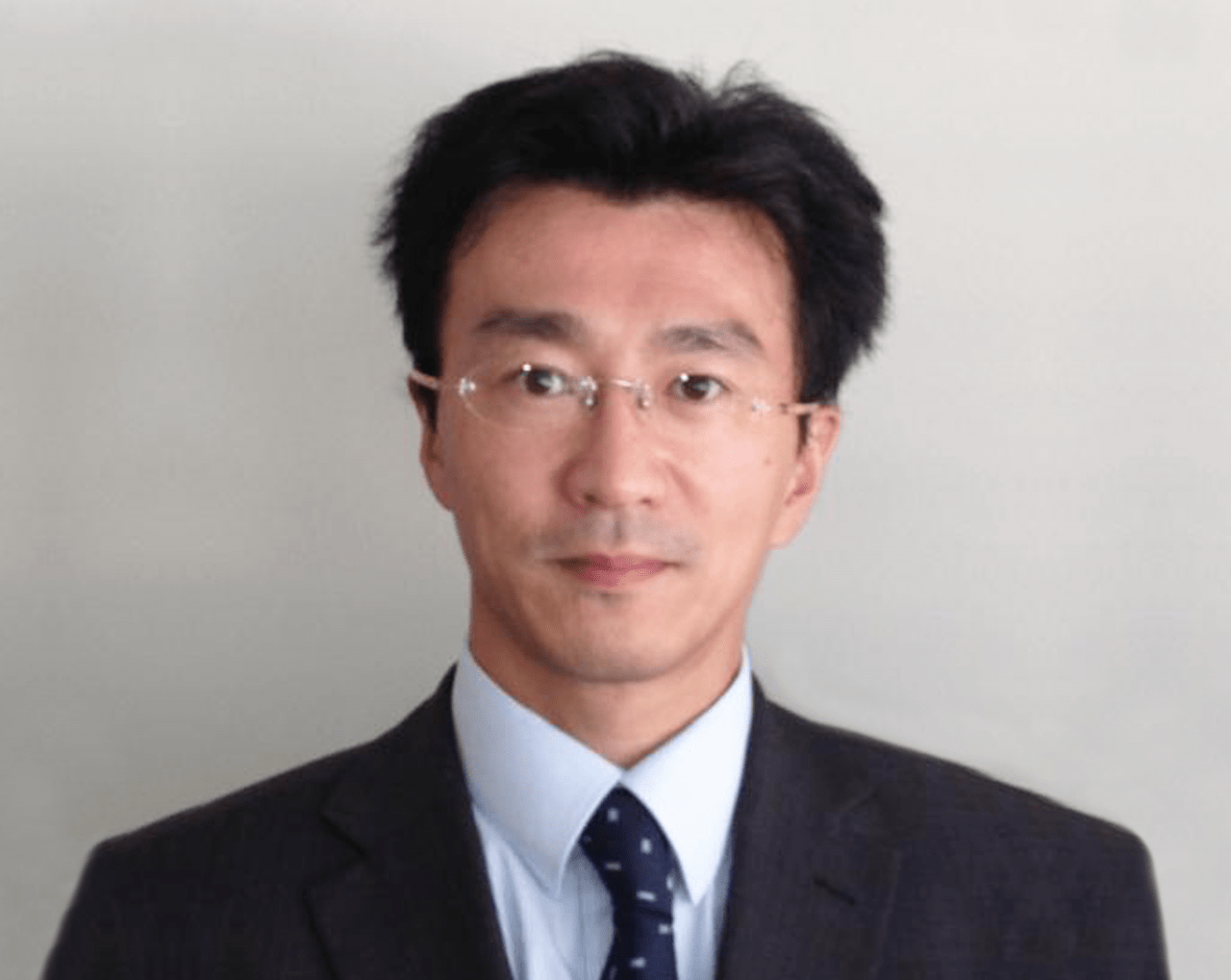Press Room
39th Symposium on Particulate Preparations and Designs
Start
Tuesday, November 29, 2022 - 09:00
End
Wednesday, November 30, 2022 - 18:00
Location:
Himeji, Japan
| Schedule your meeting today with Yasushi Usuda - Regional Sales Director | |
 |
|
Let’s discuss your project together.
Yasushi Usuda will be a speaker at the symposium.
- Title: Dispersome Technology – A new tool for solubility enhancement
- Abstract: The Dispersome® technology is based on the use of whey protein isolate to create so called Dispersomes® – a unique amorphous composition of small molecule drugs and proteins shown to be superior in terms of amorphous stabilization, dissolution and solubility enhancement as well as improvements in bioavailability, achieving drug loadings of 50 wt% and higher. The technology is offered together with ASD-HIPROS, Hovione’s Intelligent Proprietary Screening, is the most advanced and accurate tool to identify Amorphous Solid Dispersion (ASD) formulations by Spray Drying with maximum performance and stability. To further enhance the chances of identifying the best performing ASD formulation we have included Dispersome® into ASD-HIPROS to expand formulation options beyond polymeric excipients.

